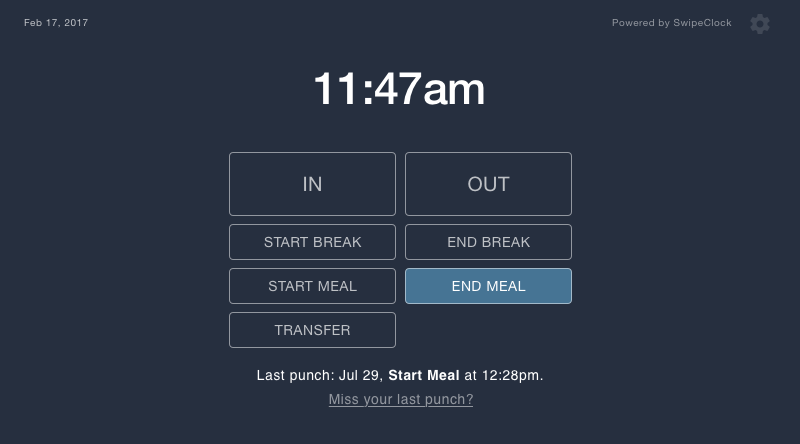

Therefore, you should actually transplant as much of the top structure as you can physically manage. Why not let the plant itself decide how much of its top it can support? Removing more top structure than necessary shortchanges the plant.

However, remember all that a plant eats is the sugars produced by the leaves the work the plant put into making its top structure was an investment in future food production. The theory behind that myth is that the smaller root ball wouldn’t be able to support the large top structure, so whack the top back right away. Myth #2: You must severely prune the roseīefore transplanting during the growing season If you must reduce the size of the plant to physically move it, favor keeping the root ball over the top structure. If you can get a helper and/or a wheelbarrow the job will be much easier and you will have a bigger, more robust plant at the new location. Our roses can get very big in Northern California and with a heavy root ball, manhandling the plant around can be pretty heavy work. Take as much root and top structure as physically possible to the new location. Water Corollary 2: Take as big a root ball as you can possibly manage If the rose starts the transplant odyssey already wilting, its chances are grim water well and wait for another day.
#Timeworks touch recovery full#
You’ll want all the cells of the rose to be as full of water as possible when you transplant so the demands on the roots are minimized for a while afterward. (Why the day before? So the soil won’t be mud during the job.) Over-watering is not possible in this case get as much water in the plant as you possibly can. Get as much water as possible into the plant beforehand by watering deeply the day before transplanting. Water Corollary 1: Hyper-water the day before transplanting So after transplanting, the plant can’t take up water as quickly as it did before. And roots are the way water gets into the plant. Transplanting almost always involves loss of roots, since the roots of an established rose go much farther than any reasonable amount of soil that can be moved around. Think about the rose before and after transplanting the major difference is the amount of roots. Roses can get through almost anything if they have the right amount of water. The Secret of Transplanting During the Growing Season: Water I’ve even transplanted roses in the August heat and they’ve come through just fine. With the proper preparation, roses can be moved any time of the year with great success. However, if you find that your schedule demands a rose be moved during the growing season, it can be done and it need not be traumatic. And dormant plants don’t go into transplant shock since they aren’t growing or transpiring at this time so the demands on their roots are minimal. After the annual pruning the plant is smaller and much easier to move around. Weather is cooler and damper then, making the job more enjoyable for you and less stressful on the plant.

Of course, the easiest time to transplant roses is during dormancy, and if that time works for your schedule that is the best time for both you and the plant. Myth #1: You shouldn’t transplant roses during the growing seasonĭo you have to wait until winter to make the move? Not necessarily. Sometimes a rose just would look better in the garden in a different spot. Sometimes both the plant and the gardener are moving to new homes. Could be someone wants it more than the current owner, or that its space is needed for a new variety. Could be it needs a new home with more light or water, more room, or better drainage. Streamline punch and payroll activities with greater accuracy to give managers powerful labor management and cost control tools.Sometimes, a rose just needs to be moved. TimeWorksTouch combines the latest in time clock technology with industry-proven, cloud-based time and attendance services. Intelligent, interactive clocks powered by the leading cloud-based timekeeping service TimeWorksPlus


 0 kommentar(er)
0 kommentar(er)
